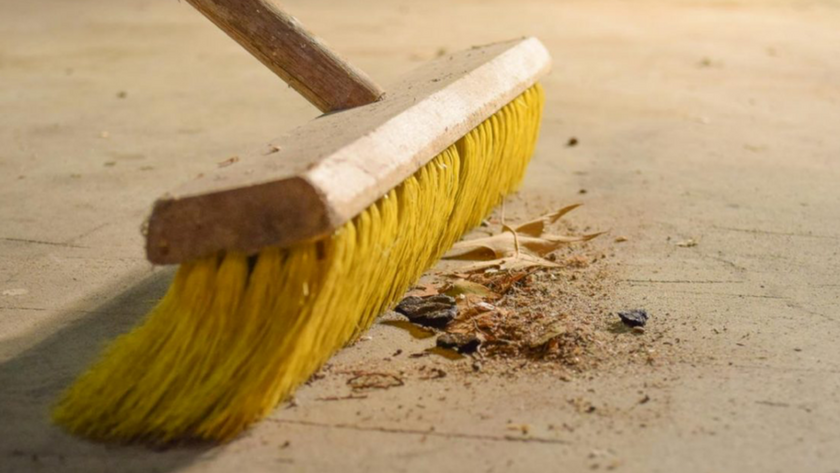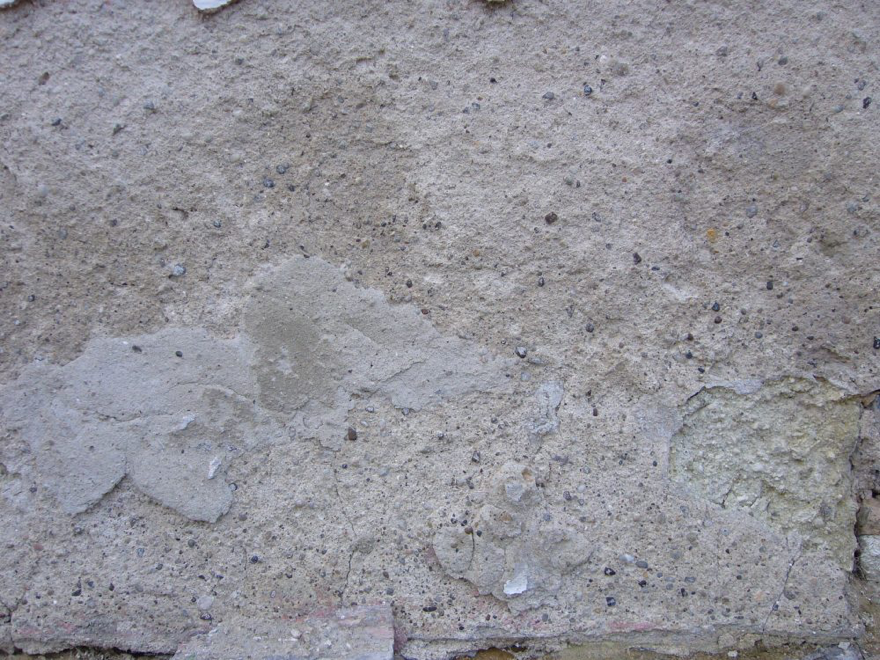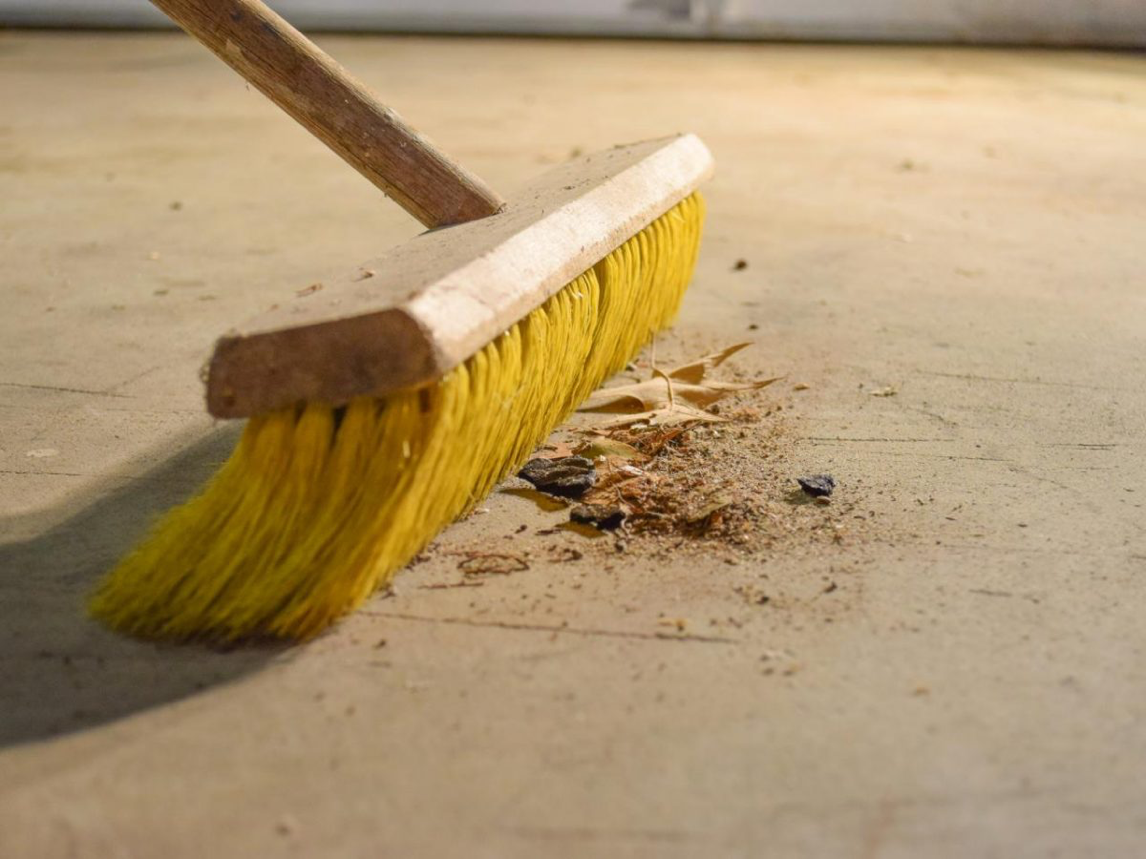
Welcome to Part 2 of our ‘Before You Lay Your Wood Floor’ series. In our last post we talked about the room suitability for a wood floor. Here in part 2: 'Preparing your Subfloor' we will be discussing how to get your subfloor ready for wood flooring.
When we use the term ‘subfloor’ we are talking about the floor base that you will be covering with your wood flooring. Wood flooring requires moisture-sealed floors underneath; this includes concrete, wood floor boards or even ceramic tile.
Preparing your subfloor and making sure your subfloor is in the correct state before you begin to lay your wooden floor is extremely important in order to avoid any issues with your flooring in the future. Your sub-floor is in the right condition if is it is:
Smooth & Level
Whatever your sub-floor is made it must be smooth & level so that the wooden planks can lay flat against it. This is to avoid any added pressure and wear on the boards when walking across the floor and to eliminate bumps occurring when laying your floor.
If you have an uneven concrete floor you will need to use a flexible leveling compound to make it smooth and level for the flooring. Before your flooring arrives, the compound needs to be thoroughly dry. Allow for 60 days drying time.

Structurally sound
The sub-floor must be stable. If you have wooden floorboards for your sub-floor they must be in good working condition without any damage (e.g. damaged joists or boards, water damage or twisted due to age) and must be secure to the the joists.
If you have a concrete sub-floor there mustn’t be any loose parts or dips in the concrete.
Clean & Dry
There mustn’t be any presence of debris, protruding nails or other items on your sub-floor. It also needs to be completely dry. We advise you to sweep your sub-floor just before your wood arrives and before you lay the floor.

You will need to carry out further preparation before you fit your wood floor (such as using a Damp Proof Membrane) but the type of preparation depends on how you are going to fit your flooring and the type of sub-floor you have – we will discuss this in detail later in the series where we discuss fitting options.
See also: How to repair a damaged subfloor
As you can see, preparing your subfloor is easy. Once, your sub-floor is level, clean, dry and stable the next thing to look at is the room’s environment and whether the room is ready for the wood flooring to be laid. Read more about this in our next installment - The Room's Environment.


